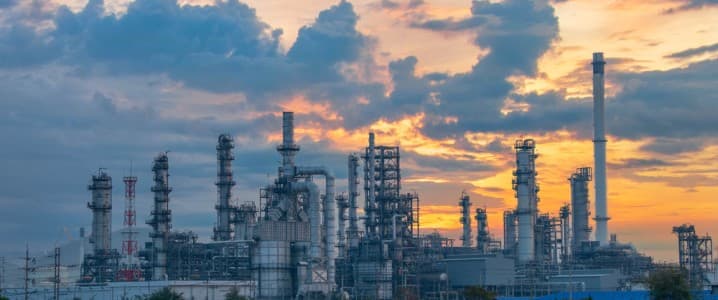Engineers at MIT have developed a new approach to crude oil fractionating that could slash the amount of energy needed for processing the crude into different fuels by as much as 90% in a breakthrough that could revolutionize fuel production.
MIT engineers have developed a membrane that can filter the components of crude oil based on their molecular size, eliminating the need for crude oil distillation, which is highly energy-intensive.
According to MIT, separating crude oil into products such as gasoline, diesel, and heating oil accounts for about 6% of the global carbon dioxide (CO2) emissions. Most of that energy goes into the heat needed to separate the components by their boiling point.
In a study published by the journal Science, the team at MIT revealed that it had developed a new filtration membrane that can efficiently separate heavy and light components from oil. The membrane is resistant to the swelling that tends to occur with other types of oil separation membranes.
According to MIT, the membrane is a thin film that can be manufactured using a technique that is already widely used in industrial processes, potentially allowing it to be scaled up for widespread use.
MIT engineers modified polymers that have been used in water desalination by changing the bonds and introducing monomers.
“This is a whole new way of envisioning a separation process. Instead of boiling mixtures to purify them, why not separate components based on shape and size? The key innovation is that the filters we developed can separate very small molecules at an atomistic length scale,” says Zachary P. Smith, an associate professor of chemical engineering at MIT and the senior author of the new study.
Conventional heat-driven processes for fractionating crude oil make up about 1% of global energy use, and it has been estimated that using membranes for crude oil separation could reduce the amount of energy needed by about 90%, MIT said.
By Tsvetana Paraskova for Oilprice.com
More Top Reads From Oilprice.com

